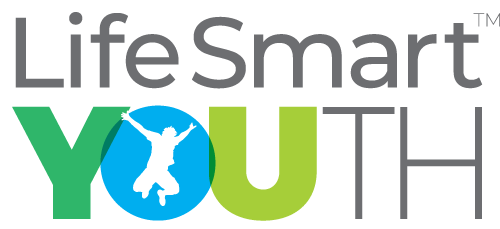
Families and adults start teaching children manners, such as saying “please,” “thank you,” or “I’m sorry,” at a young age, but one skill that’s often overlooked is consent. Consent means giving someone a choice about touch or actions and respecting the answer they give. Consent is a skill that someone gets better at with more practice, so why shouldn’t that practice start young?
Consent is asked and given in everyday life: at home, at school, at work, between friends, between colleagues, between partners. Teaching consent earlier in life can lead to healthier friendships, healthier relationships, and better boundary-setting skills. Teaching consent isn’t only about teaching a child how to ask for permission, but it is also about teaching how to actively listen for the answer and how to respect someone when their answer is “no.”
One of the simplest ways to teach a behavior is to model the behavior. For example, ask a young person for consent to give them a hug, and listen for the answer. If they say “no,” model how to respect their answer by not forcing them to hug you anyway. Teaching children that consent isn’t always given with words is also important; body language can be a way consent is communicated, and the absence of “no” does not mean “yes.”
April is Sexual Assault Awareness Month—a time to focus attention on the issues of sexual harassment, abuse, and assault, and to educate communities and individuals on how to prevent it. This year’s campaign is “I Ask” and shares the message that understanding and asking for consent is crucial to stopping sexual assault before it starts. To find help or get involved, click here.
For more resources on teaching consent at an early age, click here.
